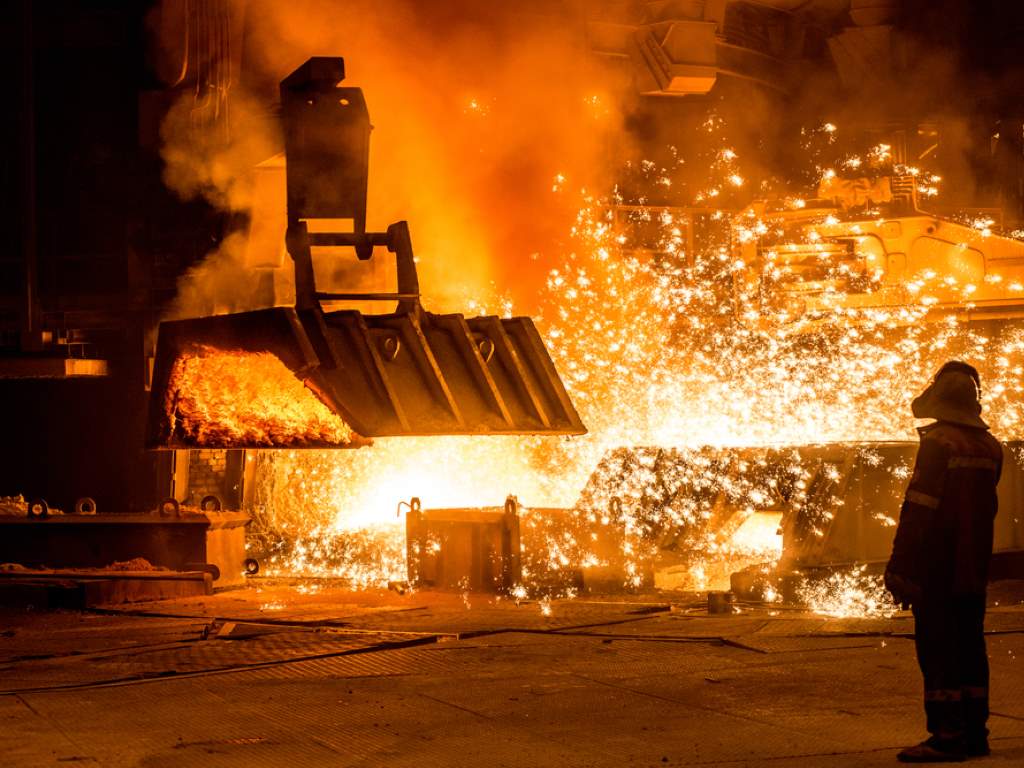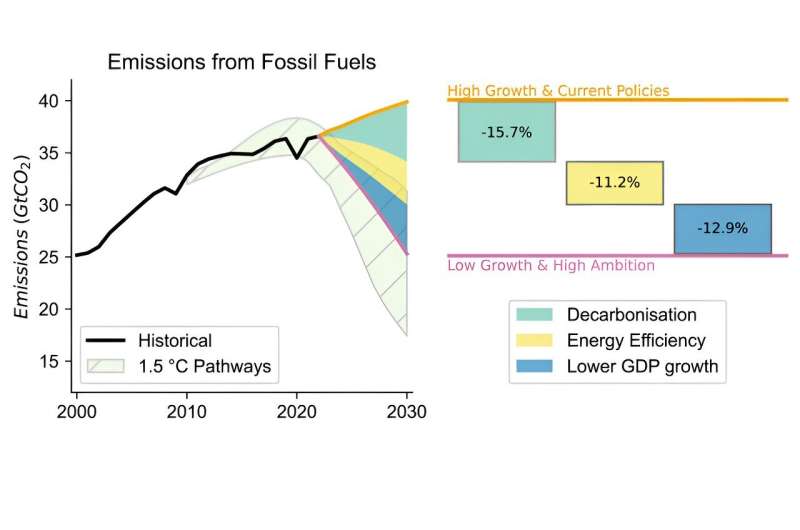Israel’s military is continuing its ground campaign in Gaza, raiding one of the last functioning hospitals in northern Gaza and launching more airstrikes in the south, The Associated Press reported.
Israeli forces raided the Al-Ahli Hospital in Gaza City overnight, according to the church that operates it. One of the hospital’s facilitators, a pastor, said just two doctors, four nurses and two janitors were left to tend to wounded patients without running water or electricity, per the AP.
The attack on the hospital, which left 28 Palestinians dead, comes just a day after U.S. Defense Secretary Lloyd Austin said he discussed with Israeli officials a transition to more “surgical operations.” It also follows White House national security adviser Jake Sullivan discussed ways Israeli forces could lower the intensity of the war.
The air and ground war in Gaza was launched by Israel in response to the Oct. 7 surprise attack by militant group Hamas. In response to the initial attack, Israel has killed nearly 20,000 Palestinians and displaced 1.9 million in a counteroffensive that has destroyed much of northern Gaza, according to the Hamas-run Gaza Health Ministry.
Rafah, the southern part of Gaza where Palestinians were told to seek shelter, has been repeatedly hit in recent days. Israel has struck militant targets across the area, often killing large numbers of civilians in the process, according to the AP.
In response to the ongoing conflict in the Middle East, Yemen’s Iran-backed Houthi rebels have launched attacks on ships in the Red Sea, causing major shipping companies to suspend trade and travel in the area. The Pentagon announced an international task force Monday that will aim to defend the ships.
Austin’s remarks signaled that the U.S. would continue shielding Israel from a growing number of cries for a cease-fire, the AP reported.
The Biden administration is growing increasingly critical of Israel Prime Minister Benjamin Netanyahu’s handling of the war. Netanyahu has said the strikes will not stop until the remaining hostages — around 100 people — taken by Hamas in early October are released.
U.S. officials said they have not put a deadline on the scaling back of military operations but have talked with Israel’s leaders about taking a different approach.
Israel Minister of Defense Yoav Gallant said in a press conference with Austin that Israel wanted to operate “at different levels of intensity” and allow civilians to return to certain areas.






